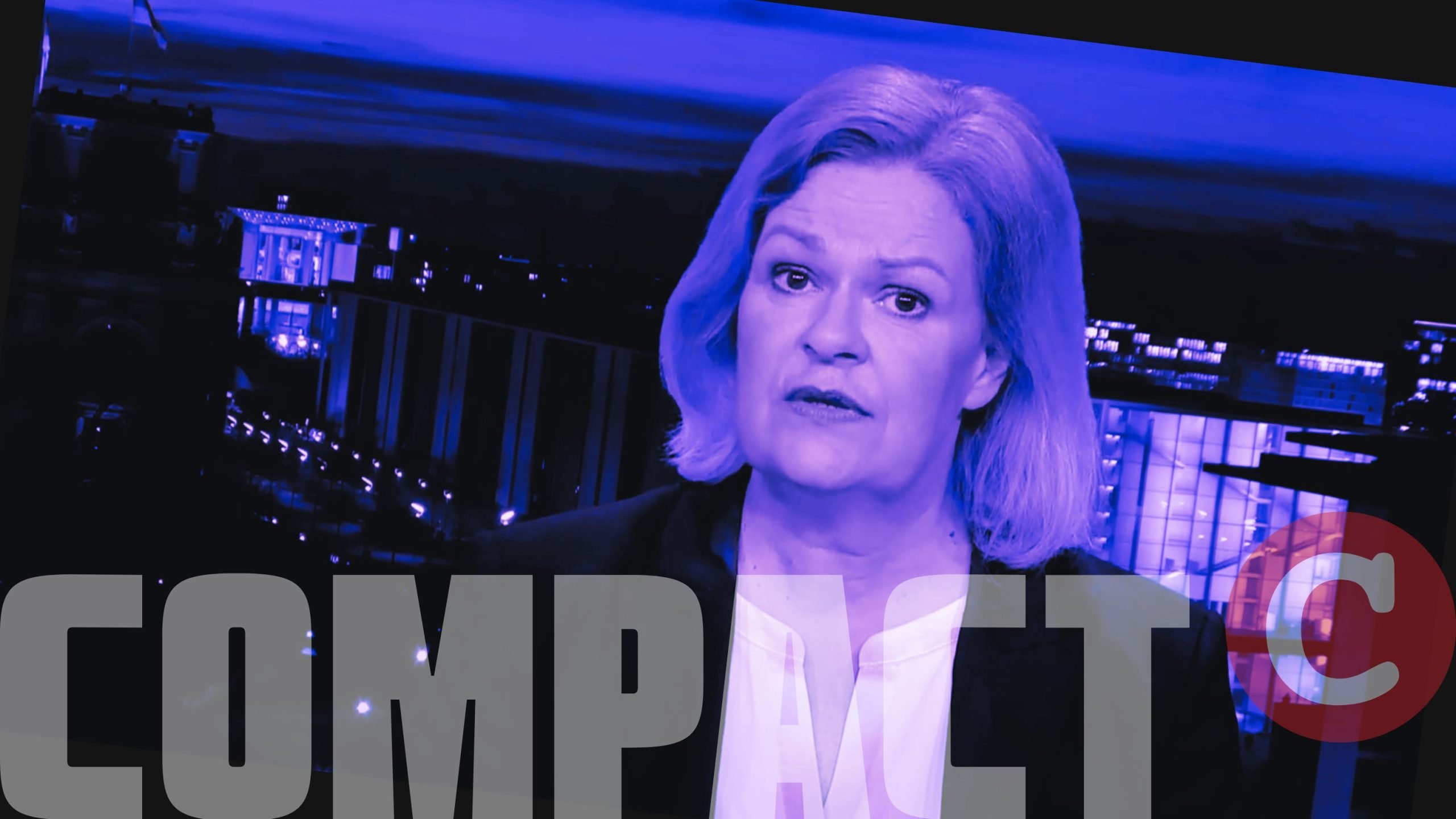
anomalien.com
Did a 1962 U.S. Bluegill Nuclear Test Bring Down a UFO?
Bluegill Triple Prime, a high altitude nuclear test part of Operation Fishbowl, 26th October 1962. Credit: US ArmyIn the early hours of October 26, 1962, at the height of the Cold War and during the Cuban Missile Crisis, the United States detonated a high-altitude nuclear device known as Bluegill Triple Prime.
Conducted near Johnston Island in the Pacific, it was part of Operation Dominic—a series of atmospheric nuclear tests. On the surface, this test seemed like just another effort in a tense arms race. But in the days that followed, a strange sequence of events unfolded—raising questions that still remain unanswered over sixty years later.
Ship logs, official reports, and accounts from former U.S. Navy personnel suggest that Bluegill Triple Prime may have ended in more than just a mushroom cloud. Something was seen falling from the explosion. Something not listed in official inventories. And what followed—rapid command changes, secret salvage operations, and unexplained radiation exposure—points to a recovery effort of something highly unusual.
Anomalies in the Skies
The story actually begins weeks before Bluegill Triple Prime. On September 19, 1962, during a separate test involving an Atlas 8F missile launched from Cape Canaveral, military cameras captured something extraordinary: a fast-moving object tailing a re-entry vehicle (RV) equipped with a dummy nuclear warhead.
The RV, traveling at nearly 20,000 feet per second, was supposed to be the only object remaining after decoys burned away during re-entry. But footage from that mission shows another object—one that maintained speed and proximity to the RV for 90 seconds.
NASA experiments were also aboard the Atlas 8F, but their equipment had already separated and was accounted for. This left one conclusion for those behind the scenes: an unidentified flying object had entered the test zone and followed a top-secret U.S. military asset through the upper atmosphere.
This incident was logged, cataloged, and filed within U.S. government records. And more significantly, it whispers that unidentified craft were somehow observing or interfering with America’s nuclear weapons testing.
OSD supplied footage of unidentified flying object alongside the Avco Mk IV RV
Something Falls from the Sky
At the time, Operation Dominic was in full swing. A major component—Operation Fishbowl—focused on the effects of nuclear detonations at high altitudes. Led by Major General Alfred Dodd Starbird, a key figure in nuclear weapons development, the operation was charged with evaluating the potential to stop incoming Soviet missiles using newly designed X-ray-producing warheads.
The Bluegill tests were essential to this effort. Earlier attempts had failed due to technical malfunctions, including rocket explosions during ascent. The high-stakes nature of these failures had frustrated even President Kennedy, who pushed for progress.
Eventually, the military prepared for the third launch attempt, dubbed Bluegill Triple Prime. The target detonation area was just 15 nautical miles from several U.S. Navy ships stationed to monitor and record the event. Among them were the USS Summit County, USS Harris County, USS Henry County, and the USNS Point Barrow. Crewmembers were in prime position to witness not only the blast but also what followed.
The nuclear explosion took place at one minute past midnight on October 26. Logs show the ships were placed strategically close to the detonation’s Surface Zero. But what stands out is what was seen falling from the fireball.
Soon after the blast, eyewitness accounts and ship logs describe an object tumbling from the detonation area and splashing into the Pacific. Recovery ships immediately began collecting debris, but their activities weren’t routine.
While instrumentation pods from the test were accounted for by 9:00 a.m., ships like the USS Safeguard and USS Engage continued recovery efforts all day. Their logs describe unusual objects retrieved from the ocean—some highly radioactive.
In particular, a “green tube” with abnormal radiation levels was collected. Another vessel, the USS McCain, recorded retrieving a floating object but didn’t specify what it was. At one point, items were transferred between ships via small boats or “highline” cables—a method typically reserved for delicate or highly secure items.
What followed was even stranger.
LLoyd M. Mustin, 1962
Sudden Command Changes
Only hours after the detonation, General Starbird left Johnston Island. It was an abrupt departure—especially considering that more critical tests, including the high-yield “clean” thermonuclear shot Housatonic, were still pending. His exit left Rear Admiral Lloyd Mustin in charge.
The timing raised eyebrows. With Operation Dominic nearing its finale and amid one of the most sensitive moments in global nuclear diplomacy, why would its top commander leave?
One theory is that Starbird flew to Washington to deliver information too sensitive to transmit electronically—possibly about what had been seen falling from the sky and what recovery ships were now chasing in the ocean.
By October 28, a full-scale recovery operation had quietly begun. Commanders from various ships, including the USS McCain, traveled to the USS Princeton—where Mustin now held command. Not long after, the fleet ocean tug USS Abnaki and harbor tug USS Tuscumbia received orders to depart Pearl Harbor with recovery barges in tow. A message coded COMSERVPAC MSG 290214Z initiated their mission.
By November 3 and 4, the recovery fleet had anchored 25 miles southeast of Johnston Island—almost directly over the point where the object was seen falling. Divers were deployed, anchor chains were extended, and mysterious maneuvers filled the logs. One entry even notes a 100-fathom anchor payout—suggesting the ship was staying in deep water much longer than planned.
Later, logs from November 6 show another barge arriving—a covered lighter, typically used to conceal sensitive cargo. Shortly after, the fleet reversed course and returned to Pearl Harbor.
USS Abnaki (ATF-96) underway on January 12, 1971, after the recovery of a spaceship. In this case, a dummy Apollo capsule. Credit: Public Domain
Radiation That Didn’t Add Up
Despite the low-yield nature of the final nuclear tests, radiation levels among the crew of the Abnaki and Tuscumbia were abnormally high. Every member of Tuscumbia’s nine-person crew showed higher-than-expected exposure.
One sailor aboard the Abnaki logged radiation levels of 2.5 roentgens per hour—dangerously high for a vessel with no official role near radioactive material.
The official explanation never came. These exposures were simply left unexplained in post-operation reports.
More than a decade later, in 1976, a chance encounter at Guantanamo Bay Naval Base gave a name and voice to this mystery. Former U.S. Navy sailor David Noble Whitecrow recalled meeting a retiring Boatswain’s Mate Chief. The Chief claimed he had been part of a top-secret salvage mission during the final days of Operation Dominic.
His story aligned closely with known events. As a young diver, he was sent to investigate an unknown submerged object. Upon reaching the ocean floor, he was stunned by the size of what lay ahead. Initially thinking it was a coral cliff, he soon realized it was something else entirely—smooth, curved, and massive.
When he reached out to touch it, his hand passed into the object—as if it were made of jelly. The structure then lit up, illuminating the seabed. He panicked and was pulled back to the surface, vomiting inside his helmet. The next day, he was medevaced to Pearl Harbor.
According to the Chief, the object later rose from the ocean, glowing with a soft phosphorescence before silently disappearing beneath the surface. Divers and ships had reportedly marked its position, but it was gone before salvage could be completed.
Whitecrow continues to relate what the Chief told him:
“He was what you call a “gofer” – as a second-class (diver)- you get to go first! So, you know he’s ready, he’s eager, he’s young, he can do it, right? They get out on station, they’re not told what to look for, they gear him up – he still doesn’t know what to look for – he’s just given instructions, you get taps on the head, and they’ve told they told him “Okay, when you get overboard and you hit bottom, we just want you to observe, okay. We’re going to tell you where to look.
We’re going to tell you”- because sonar had already picked up this object, I guess, they already had the coordinates or whatever it was. So, he goes over the side and he doesn’t tell me how many fathoms it is or whatever, but he describes when he hits the bottom of the sea floor he looks around (they give him some lamps, and I don’t know what kind of power, what kind of light they give him) but anyway he’s flashing it around and he doesn’t realize that his back is to whatever it is looking for and doesn’t realize it, okay?
He doesn’t realize his back is to the object he’s supposed to be searching for, so he does a 360-ocean slow turn and what he faces he almost – you know- he almost loses it. He can’t believe the size of this thing. He thought that when he hit the bottom of the ocean – because it was a clear day if you could see the depths – I mean in the Pacific, believe me, where there’s no pollution during that period of time you could see pretty far, okay – but he thought when he had gone down in a canyon or something, in a crevasse and what he was looking at was the edge of this coral.
It was blocking out the Sun shimmering through that from the surface, but as he got closer, he realized that this this was this was not natural coral – this was not the side of a cliff down below okay or ravine. I can’t give you the right description, but this is how I received his conversation, and when he got close to it, he reported aboard, you know with whatever communication system – that he wanted to come up.”
For whatever reason, he did not want to be down there. They gave him instructions to get close to it – to touch it, kick it, whatever you got to do and come up and report to us what it is. And so, he said that he put his hand out – he put his hand out to touch it and his hand went inside of it! As soon as his hand went inside of it, he thought that it was going to suck him in – it didn’t pull him in, but he got really, really, nervous, okay?”
Unusual “hand” insignia of the USS Abnaki painted in 1962.
Silent Orders
The USS Abnaki—a key ship in the recovery effort—had a curious ship insignia painted that same year. It showed a disembodied hand, eerily resembling the Chief’s description of his encounter. Though official records date the insignia to 1958, the artist’s signature clearly marks it as being from 1962.
Deck logs from ships like the USS Safeguard during this period became noticeably vague. Mentions of “missile debris” persisted long after all official payloads were recovered.
Transfers between ships were omitted or misdescribed. It’s possible the crews were under strict orders not to record certain details.
The Bluegill Triple Prime incident raises more questions than answers. Given the classified nature of nuclear testing and UFO investigations in the 1960s, full transparency is unlikely. However, the declassified logs, radiation data, and firsthand accounts provide compelling evidence that something extraordinary happened in the Pacific in October 1962.
The post Did a 1962 U.S. Bluegill Nuclear Test Bring Down a UFO? appeared first on Anomalien.com.

















